It’s 6 AM, the alarm clock goes off and you go in autopilot mode, you get ready, the spouse gets ready, get the kids ready, breakfast – check, lunch boxes packed, everybody rushes off to their respective destinations, school, office, fighting the traffic, then juggling a whole day of deadlines and coming back home in the evening and still carrying a whole lot of workloads.
The phone won’t stop buzzing, the emails keep coming, the kids keep hankering after you to spend time with them, and there’s a whole load of chores waiting for you and the spouse. At the end of the exhausting day, you sit back and ponder where the entire week flew off. Week after week it’s the same grind and you just can’t seem to get out of it. On top of it, you feel like you are not being appreciated enough at work and you have the additional guilt gnawing at you for not making enough quality time with the family and most importantly “YOU” have been relegated to the last place.
You stew with a mixture of dissatisfaction and guilt and ponder where you are going wrong and why you can’t catch a break. Well, we all have been there and gone through the struggle. It’s the boon and bane of modern life. Work gives us a sense of identity, accomplishment, meaning, and purpose at the same time our quality of life is also determined by our close relationships, social interactions, quality time spent with our close friends and family, and most importantly our “ME” time.
So how do we achieve work-life balance?
The Importance of Balance
As a psychologist, I’ve seen firsthand the negative effects of an imbalance between work and personal life. When work consumes too much of our time and energy, it can lead to burnout, decreased job satisfaction, and strained relationships. On the other hand, neglecting our professional responsibilities in favor of personal pursuits can result in feelings of guilt, anxiety, and a lack of fulfillment.
Understanding Boundaries
One key aspect of achieving work-life balance is setting and maintaining boundaries. This means clearly delineating between work time and personal time, and sticking to those boundaries. For example, turning off email notifications after work hours or setting aside specific times for family and leisure activities can help create a sense of separation between work and personal life.
Managing Priorities
Another important factor in achieving balance is prioritization. As psychologist Abraham Maslow famously said, “What is necessary to change a person is to change his awareness of himself.” By identifying our most important values and priorities, we can make decisions that align with those values and lead to a more balanced life. This might involve reevaluating our career goals, reassessing our commitments, and learning to say no to things that aren’t essential to our well-being.
Mindfulness and Self-Care
Practicing mindfulness and self-care is crucial for maintaining balance in our lives. Mindfulness involves being fully present in the moment and non-judgmentally aware of our thoughts and feelings. By incorporating mindfulness techniques into our daily routine, such as meditation or deep breathing exercises, we can reduce stress and increase our ability to cope with the demands of work and personal life.
Self-care is equally important and involves taking deliberate actions to nurture our physical, emotional, and mental well-being. This might include getting regular exercise, eating a balanced diet, getting enough sleep, and engaging in activities that bring us joy and relaxation.
Flexibility and Adaptability
Finally, it’s essential to recognize that achieving work-life balance is an ongoing process that requires flexibility and adaptability. Life is unpredictable, and there will inevitably be times when work demands more of our time or personal issues arise that require our attention. During these times, it’s important to be kind to ourselves and practice self-compassion. Remember, it’s not about achieving perfection but rather finding a sustainable balance that allows us to thrive in all areas of our lives.
In conclusion, achieving work-life balance is essential for our overall well-being and happiness. By understanding the psychology behind balance, setting boundaries, managing priorities, practicing mindfulness and self-care, and remaining flexible and adaptable, we can create a life that is fulfilling, harmonious, and meaningful. do we achieve harmony and maintain our work-life balance?
Blog written by Dr Vinaya Prabha and Dr Himani Upadhyaya



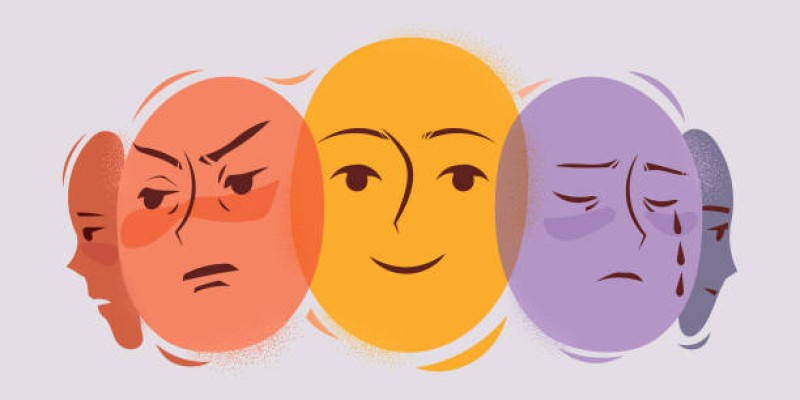
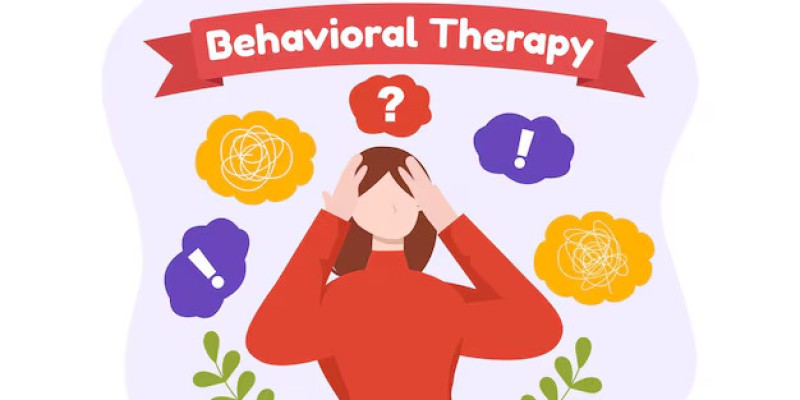




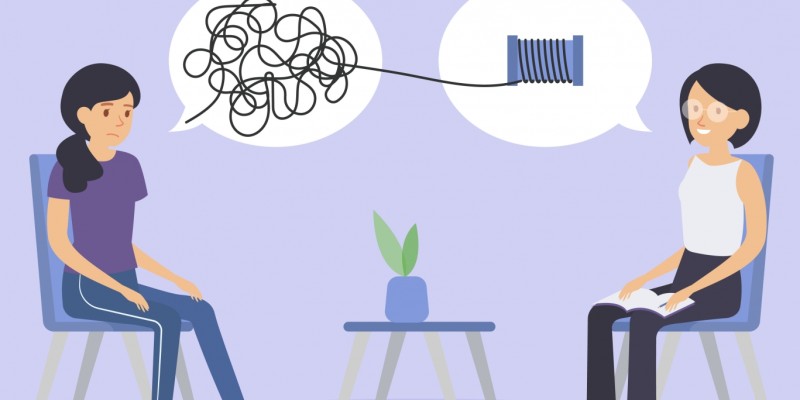



 Finding Harmony: The Psychology of Work-Life Balance
Finding Harmony: The Psychology of Work-Life Balance 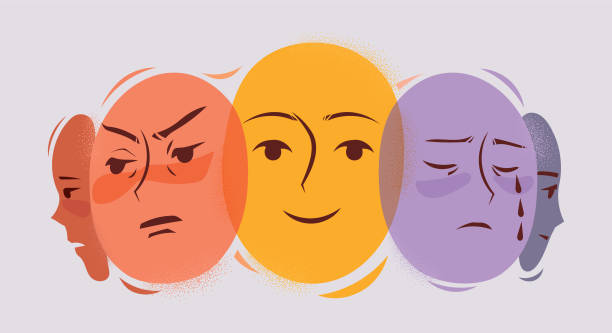 Cognitive Appraisal: Understanding How Your Mind Shapes Emotions
Cognitive Appraisal: Understanding How Your Mind Shapes Emotions 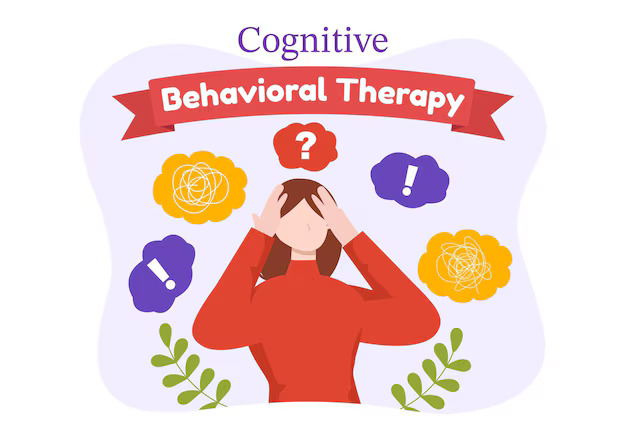 Understanding Cognitive Behavioral Therapy: A Guide
Understanding Cognitive Behavioral Therapy: A Guide  Embracing the tide of Emotions
Embracing the tide of Emotions 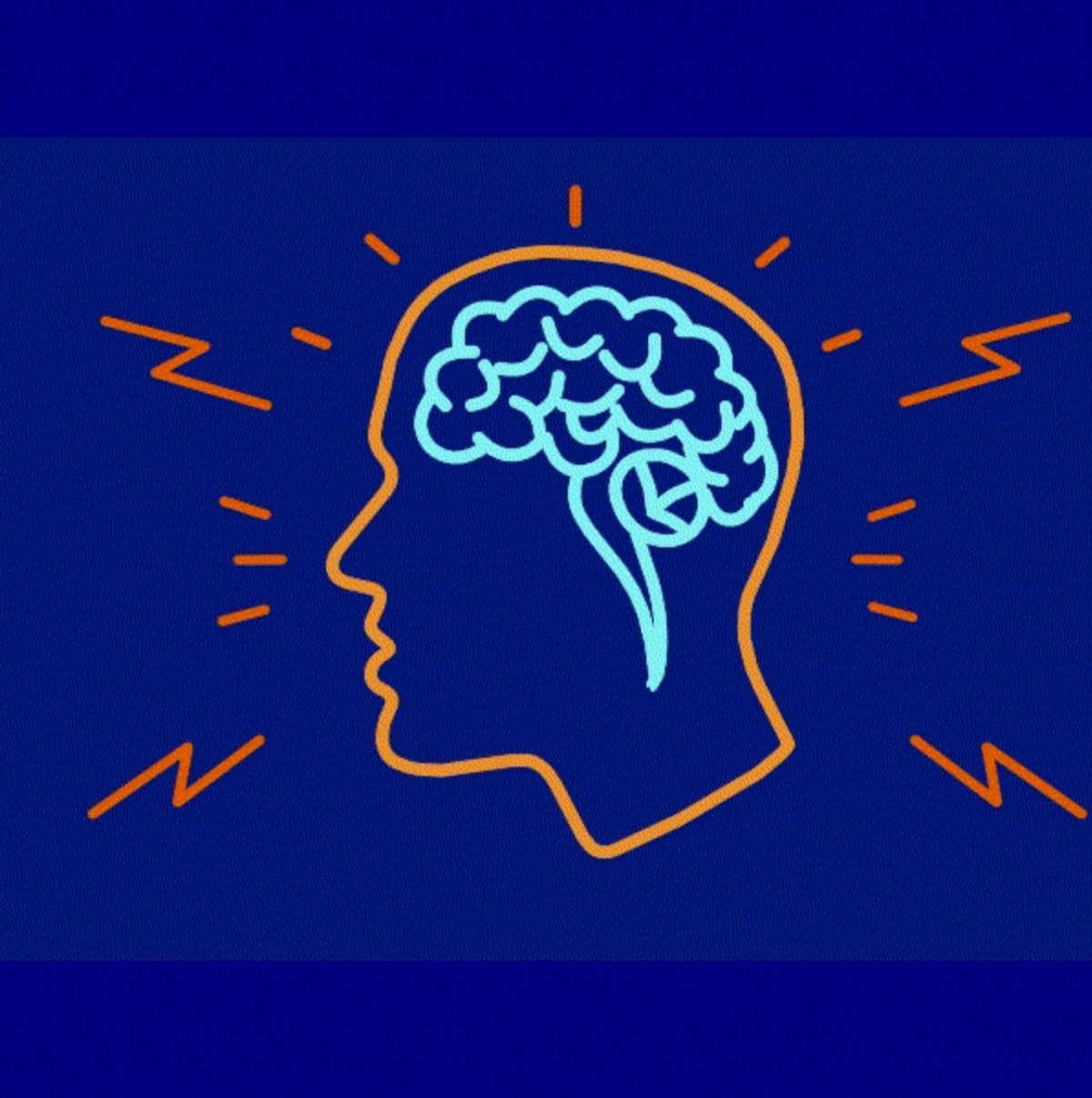 How Our Minds Play Tricks on Us
How Our Minds Play Tricks on Us  Handling Questions Effectively
Handling Questions Effectively  Professional Counsellors v/s Non-Professional Counsellors
Professional Counsellors v/s Non-Professional Counsellors  The Fallibility of Psychological Testing
The Fallibility of Psychological Testing 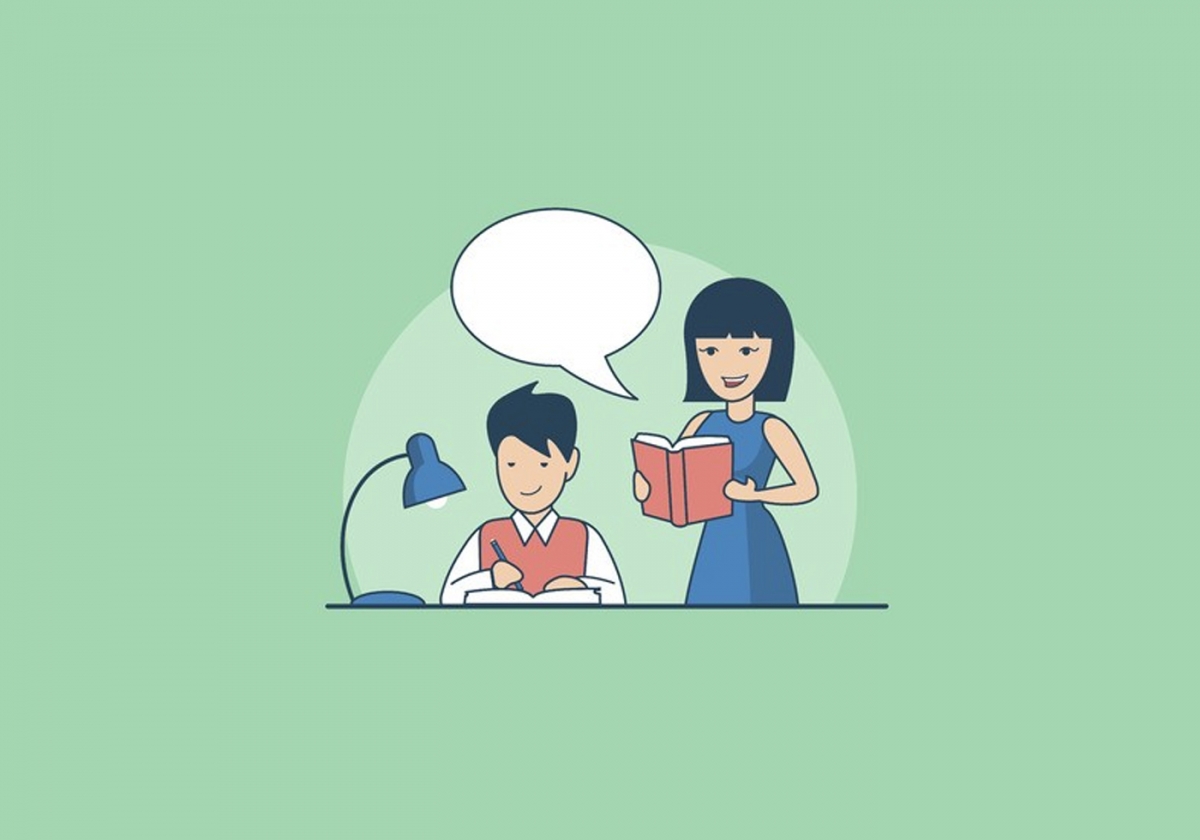 Cognitive Distortions
Cognitive Distortions  Managing Stress
Managing Stress 

